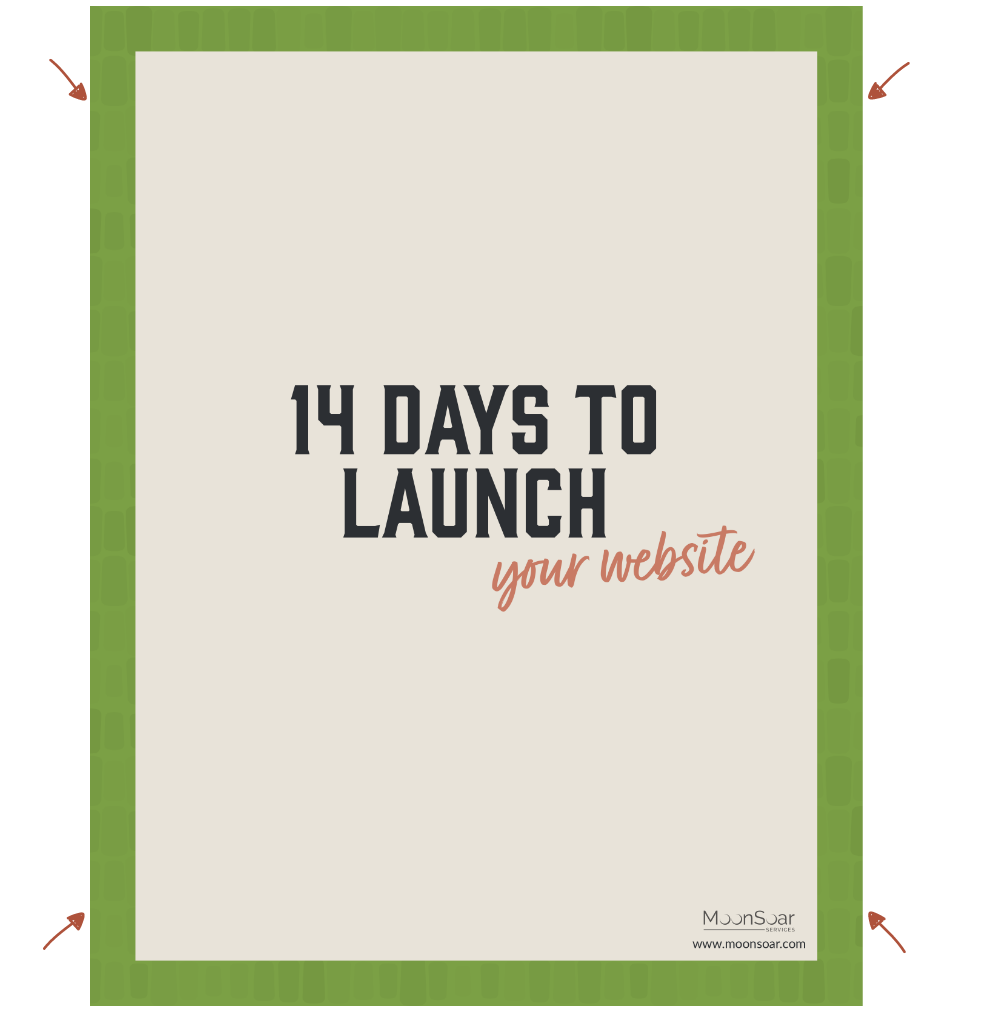Last week, we went over a few quick fixes to rejuvenate your website. Today, I want to take a look at something that will require more of an in-depth look at your current content and how it relates to each other. Looking at this will help you create a more optimized navigation structure for your website. Remember – the easier your site is to navigate, the higher number of visitors you should expect to convert into leads or buying customers.
One of the clients that I’ve worked with recently for a blog redesign had a navigation structure that was very disorganized. There were some blog categories grouped with others that weren’t related at all; there were links to certain pages multiple times in the primary navigation structure; and there were important links that were buried in a submenu that should have been given much more prominence. Granted, with a blog you may not necessarily expect visitors to convert into buying customers, but you do hope for other results, such as return visitors, higher page views, clicks on affiliate links, etc.
In this case, the first thing I did was make a list of all the pages that she wanted in her navigation and all of the pages that users would want to find information on, and spent a couple of hours evaluating what content each page contained and evaluating how important each page was in the overall scheme of the website. We categorized all of the pages into a few main groups, created some additional pages to help tie the information together, and ended up with a much better flowing navigational structure.
Knowing your current content and how it relates to each other ensures that you don’t miss any important pages in your navigation. Knowing how you want users to travel through your website, however, will help you determine if there is anything in your navigation that absolutely must or probably should not be included in your navigation.
How can you achieve an optimal navigation structure for your own website? This is my strategy:
Only Place the Most Important Pages in your Primary Navigation
These are the pages that users are going to need to find first – your product or service offerings and your contact page will definitely be in the primary navigation. Any additional navigational items can be placed in a secondary navigation source – such as a sitemap. This makes it as easy as possible for users who are visiting your website to find what they are looking for immediately.
Content in Dropdowns Should be Related
If you are going to be utilizing dropdowns in your primary navigation be sure that each dropdown menu is related. Personally, I prefer if the top link in the dropdown menu is a landing page that leads to all of the pages included in the dropdown, especially when special consideration hasn’t been put in place for touch screens, such as tablets and phones.
In addition, if there are multiple menu items in your primary menu that require sub menus, be sure to arrange those menus in the same manner – whether alphabetically, by order of importance to the user, or chronologically. The key is consistency so your visitors can more easily scan through your menu options.
Use Standard Navigation Style and Terminology
There are many business owners who want to reinvent the wheel, so to speak, when it comes to their website. They want something that is new and ground breaking. There are, however, some times when it’s better to ensure that your website follows an accepted pattern that your visitors expect.
By placing the navigation in an area they expect to find it (typically in the header of your page), and using words that they expect (ie “Contact Us” instead of “Talk To Me!”) can make it a little easier and faster for your website visitors.
Ensure your Navigation is Responsive and Accessible
With the expectation that not all of your users will be accessing your website on a desktop computer, you should be using a navigation structure that is both responsive and accessible – this means, that it can be used on any device, and can be utilized even if it doesn’t look the way that you personally see it when you’re looking at it. I mentioned previously that you should be taking into account touch devices when looking at dropdown menus – you also want to take into account smaller screens where a full line of your primary navigation won’t fit on the screen, or take into account users who depend on assistive technologies.
One thing to keep in mind is that it may take a couple of tries to find the optimal navigation for your website; you may need to tweak things after viewing your analytics and seeing how users are travelling through your site. If you do need any help with determining how your navigation should be structured, or determining how to best work on all devices, please contact us. We will be more than happy to help you out!




